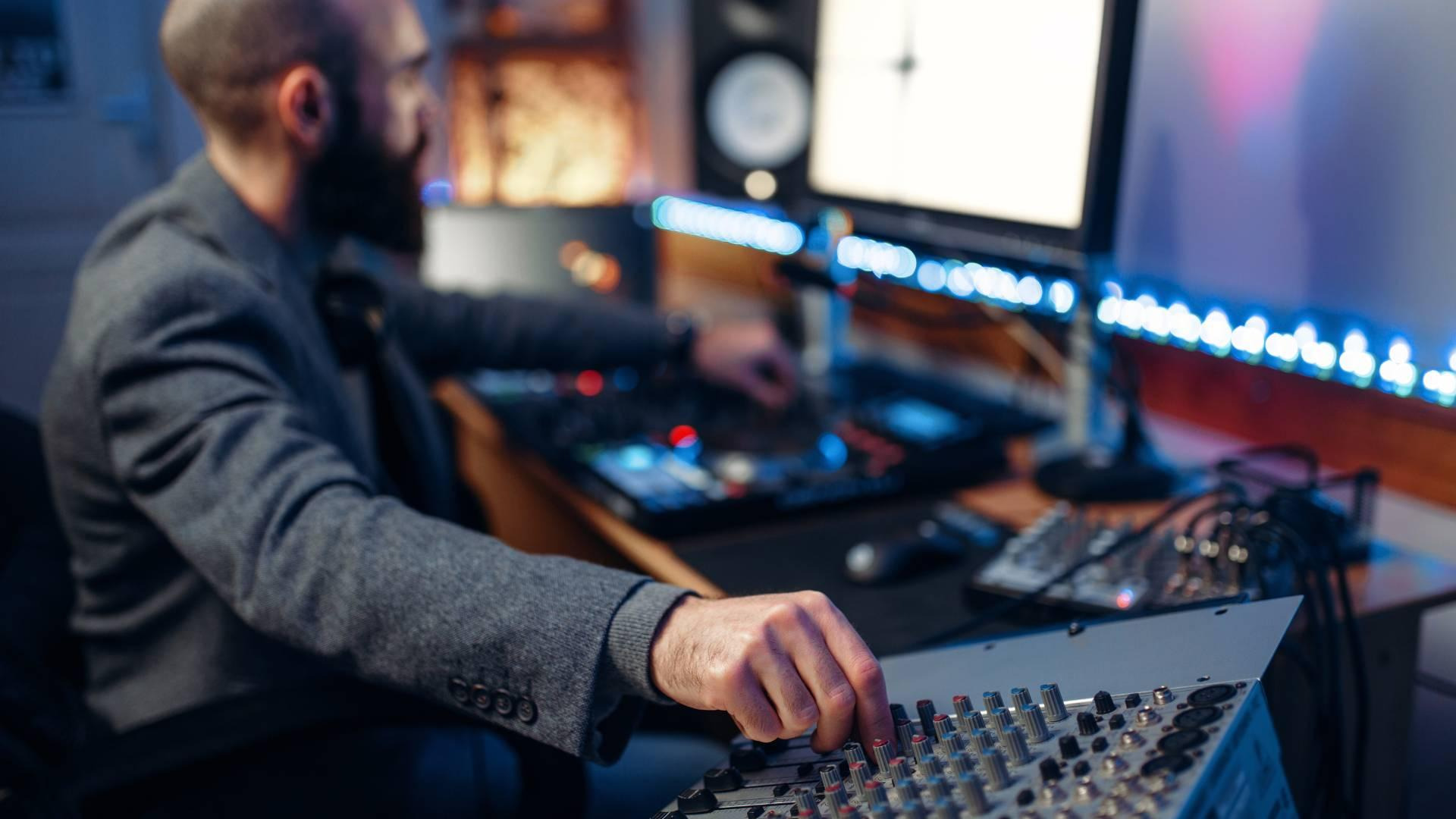
Which Audio Equipment Should Every Aspiring Sound Technician Master First?
To become effective as a sound technician, it is important to begin with equipment that forms the core of most audio setups. Whether the focus is studio work or live events, mastering basic tools early will make advanced setups easier to understand. This guide lists the essential equipment that any beginner, especially a sound technician, should study first.
Audio Interface
The audio interface is the entry point for sound to reach the computer. It connects microphones and instruments to recording software and converts analog input into digital signals. Without this device, recording is not possible on a computer.
Choose a basic model that allows you to connect at least two microphones or instruments. Learn how to adjust input gain, activate phantom power, and monitor sound with headphones. Check the LED indicators or meters while recording to avoid unwanted distortion. Starting with the interface helps you understand how signal enters and exits the system.
Microphones
A sound technician must know the types of microphones and how each one responds to different sound sources. There are three common categories:
- Dynamic microphones work well with loud instruments and are often used for live vocals.
- Condenser microphones capture more detail and are preferred for voice-over, singing, and acoustic instruments.
- Ribbon microphones offer a smooth response but are fragile and mostly used in studio environments.
Practice by recording the same sound with each type. Place the microphone at different distances and angles. These changes can affect clarity, tone, and background noise.
Monitoring Devices
Good monitoring helps a tecnico de sonido Valencia make better choices during mixing and recording. Studio monitors offer a balanced output that does not boost or reduce any part of the frequency range. This flat response is important when evaluating recordings.
Closed-back headphones are used during recording to prevent sound from escaping and entering the microphone. Open-back headphones are more suitable for mixing in quiet spaces. Switch between the two types during practice sessions to learn how each presents the same audio differently.
Digital Audio Workstation (DAW)
A DAW is the software used to capture, arrange, and process audio tracks. Beginners can start with any standard DAW such as Reaper, Audacity, or Studio One. The tools and layout may differ, but the functions remain similar across most platforms.
Focus on learning how to:
- Record tracks from a microphone or instrument
- Cut, move, and duplicate clips
- Apply equalizers and dynamic processors
- Export completed audio files
Once these actions are familiar, you can begin working with more advanced tools inside the software.
Mixers
Mixers allow multiple signals to be handled at once. They are especially useful in live sound settings. A beginner should start with a small analog mixer. These are easier to understand and offer clear access to each control.
Practice setting levels, using pan controls, applying equalization, and routing signals to outputs. Signal flow is the most important part to learn. Once it becomes clear how sound travels through the mixer, larger devices will make more sense.
Audio Cables and Connections
Cabling problems are one of the most frequent causes of setup issues. Learning the difference between cable types is a basic but essential step. Focus on these:
- XLR – used for most microphones
- TRS – used for balanced line-level signals
- TS – used for instruments like electric guitars
- RCA – used in older audio devices
Practice plugging and unplugging each cable type. Store cables properly by coiling them without twisting or bending. If a signal is missing or weak, always check the cables first.
Final Thoughts
For a beginner aiming to work as a sound technician, these tools offer a strong starting point. Begin with the audio interface and understand how it connects your input devices. Learn microphone behavior, monitor your work with care, and get familiar with your software and hardware controls. Practice handling cables and maintain your setup properly.
Post a comment